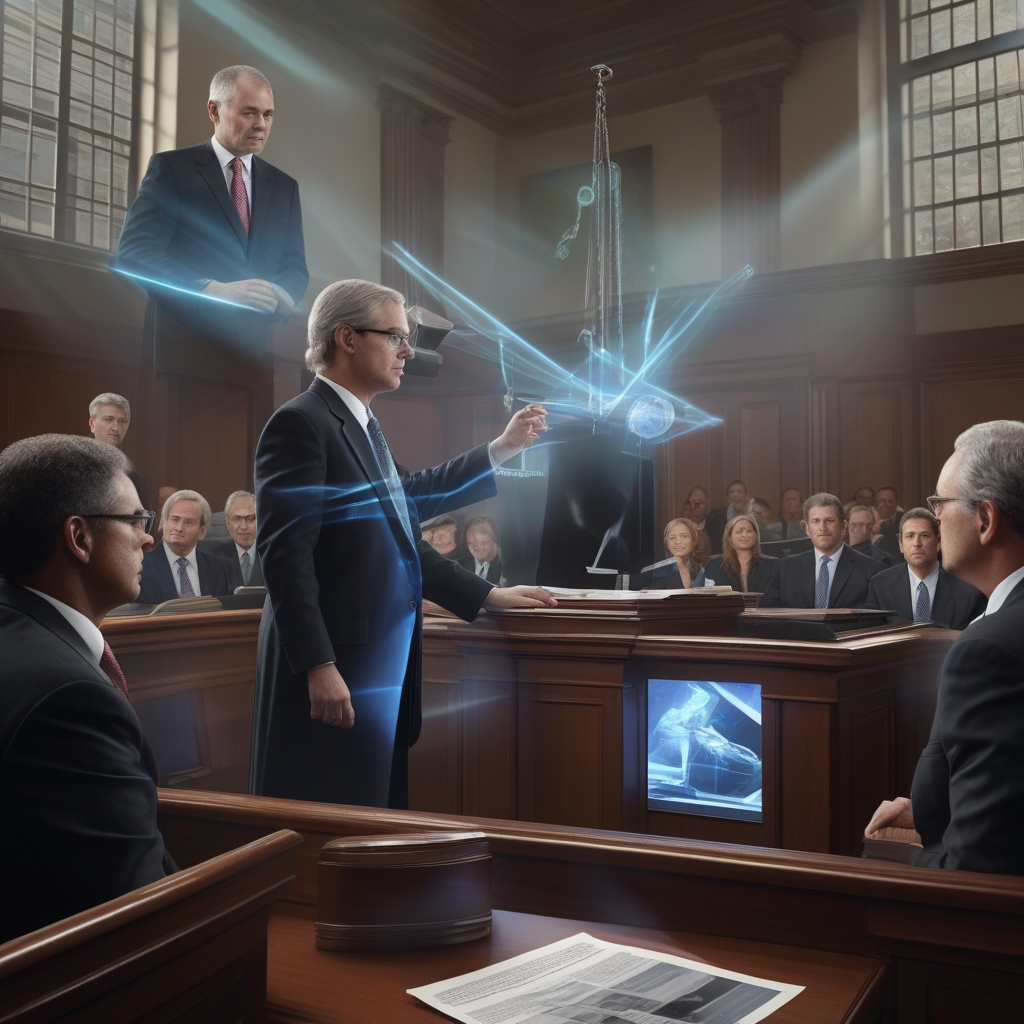## Introduction
The realm of digital politics has taken a sensational turn as California’s Governor Gavin Newsom faces a significant challenge in federal court. His newly enacted deepfake election laws, aimed at thwarting misinformation in political campaigns, have already incited controversy and legal battles. What are these laws and why are they under fire? Let’s delve deeper.
## Understanding Deepfakes
### What Are Deepfakes?
Deepfakes are hyper-realistic video or audio recordings that utilize artificial intelligence to manipulate or fabricate content. They are capable of imitating voices, facial expressions, and gestures, often making it nearly impossible to discern the real from the fabricated.
### Why Are They Dangerous?
Deepfakes pose a unique threat in the political arena:
## Newsom’s Legislation
### The Rationale
Governor Newsom’s deepfake election laws were established with the intention of protecting the democratic process from digital fraud. The laws strictly prohibit the distribution of manipulated media designed to mislead voters about candidates or ballot measures.
### The Provisions
Newsom’s legislation includes:
## The Challenge in Federal Court
### Parties Involved
The federal court challenge to Newsom’s deepfake laws is spearheaded by various political advocacy groups and tech companies. These entities argue that the legislation infringes on First Amendment rights.
### Core Arguments
#### For the Legislation
Proponents of the legislation argue that:
#### Against the Legislation
Opponents believe the laws:
## The Legal Landscape
### Previous Laws and Cases
In recent years, other states have attempted similar legislation. Texas and New York have also passed laws targeting malicious deepfakes, though these laws have faced less intense scrutiny.
### Potential Outcomes
If the federal court rules against Newsom’s laws, it could set a significant precedent, potentially discouraging other states from enacting similar measures. Alternatively, if the laws are upheld, it could embolden additional states to adopt comparable legislation.
## Ethical Considerations
### Balancing Act
The ethical dilemma revolves around balancing the protection of the democratic process with the preservation of free speech:
### Role of Technology Companies
Tech firms, particularly social media giants, play a critical role:
## The Future of Deepfake Regulation
### Technological Advancements
As deepfake technology evolves, so too must the regulations that aim to control it. Future legislation may need to incorporate advancements in AI detection technology to keep pace with increasingly sophisticated deepfakes.
### Federal vs. State Legislation
There is ongoing debate over whether deepfake regulation should be handled at the state level or if a federal law is necessary to provide uniform standards across the nation.
## Conclusion
The challenge to Governor Newsom’s deepfake election laws in federal court marks a pivotal moment in the intersection of technology and politics. While the intention behind the legislation is to protect the sanctity of elections, the broader implications for free speech cannot be ignored. As the legal battles unfold, the outcome could have lasting impacts on how digital media is regulated in the political sphere, setting the stage for future laws and ethical standards.
Stay informed as we continue to watch closely how this legal challenge develops, as its repercussions will resonate far beyond California’s borders, affecting the entire landscape of American electoral politics.

Leave a Reply